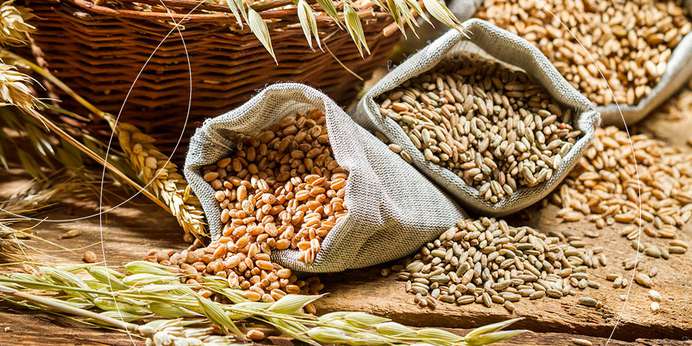
As one of the most versatile foods in the world, raw grain can look vastly different based on a staggering amount of factors. Certain colorations may indicate features like enhanced protein or better milling, so in this case, measuring the color of your grain does more than appease consumer interests.


